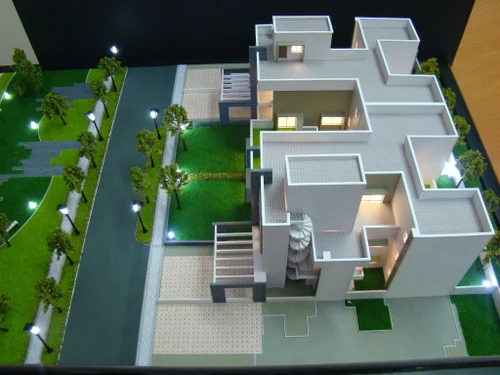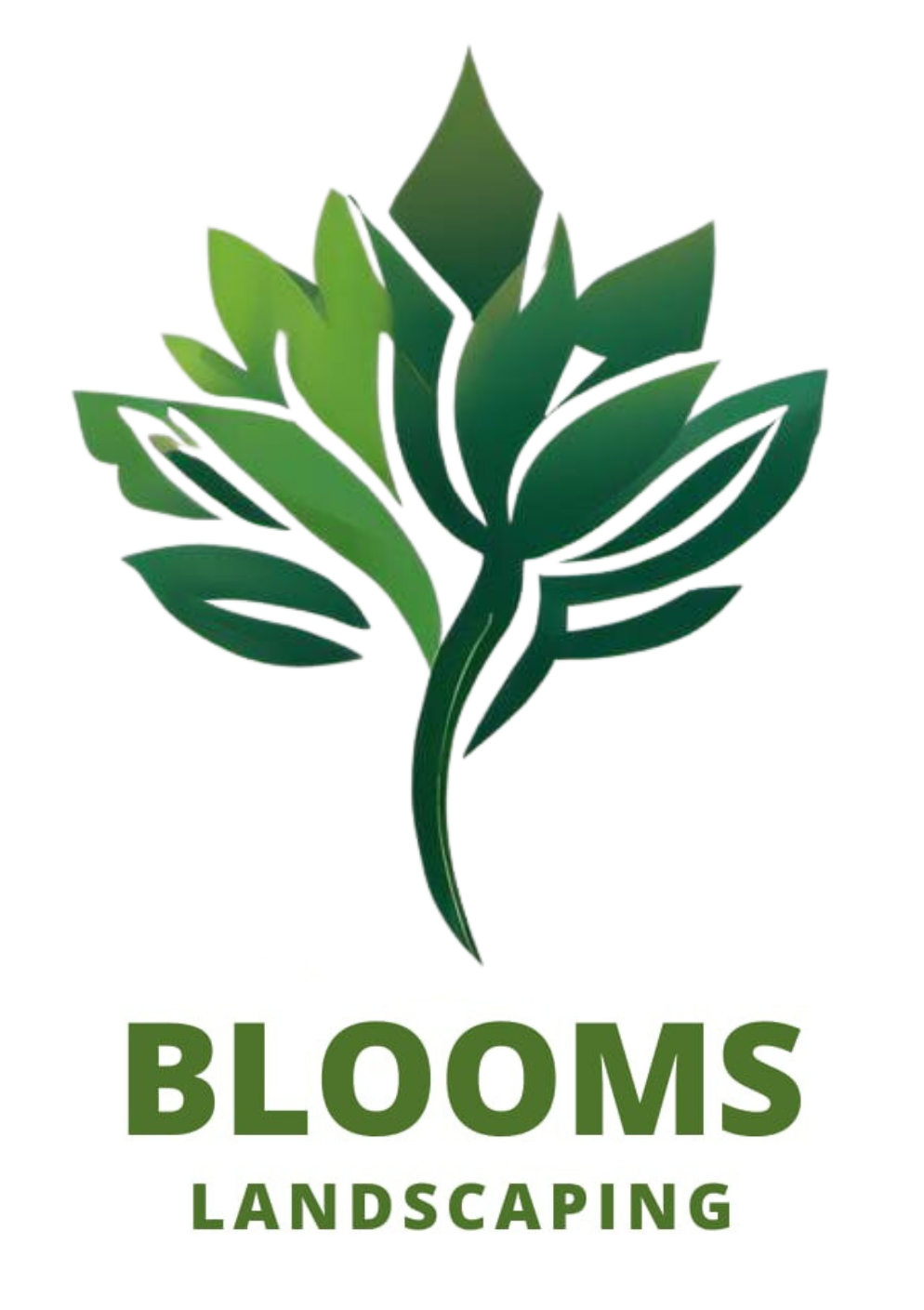Model Making

Description
Model making is a hands-on process of creating physical representations of objects, structures, or concepts. It is commonly used in various fields such as architecture, engineering, product design, film production, and hobbyist pursuits. Model making is an essential tool for visualizing and communicating ideas, as well as testing and refining designs before creating the final product.
There are different types of models, each serving a specific purpose:
Architectural Models: Used by architects to showcase building designs and layouts. They can be made to scale or as conceptual models.
Engineering Models: These models help engineers test and validate their designs before constructing the actual product or system.
Product Design Models: Used by product designers to create prototypes and evaluate the functionality, aesthetics, and ergonomics of a product.
Film and Entertainment Models: Often made for special effects in movies, TV shows, and video games to create realistic scenes and settings.
Hobby Models: Created by enthusiasts for fun, such as model airplanes, cars, trains, or dioramas.
The model making process typically involves several steps:
Research and Planning: Understanding the concept or design that needs to be represented and gathering relevant reference materials.
Material Selection: Choosing appropriate materials such as wood, plastic, cardboard, foam, or 3D printing, depending on the scale and purpose of the model.
Scale and Measurements: Determining the scale of the model and making precise measurements to ensure accuracy.
Construction: Cutting, shaping, and assembling the chosen materials to build the model. This may involve using various tools and techniques, such as cutting knives, glue, paints, and other finishing materials.
Detailing: Adding finer details to the model, such as texture, colors, and small components, to enhance realism.
Testing and Iteration: If the model is intended for functional purposes, it may undergo testing and refinement to improve its performance.
Model making can be a rewarding and creative process, allowing individuals to bring their ideas to life and share them with others in a tangible way. Additionally, the skills acquired in model making, such as spatial understanding, problem-solving, and attention to detail, are valuable in many professional fields.
Why Choose ?
Blooms Landscaping
- High Quality Landscaping
- Affordable Cost
- Trained & Background Verified Staff
- Timely Delivery of Service
